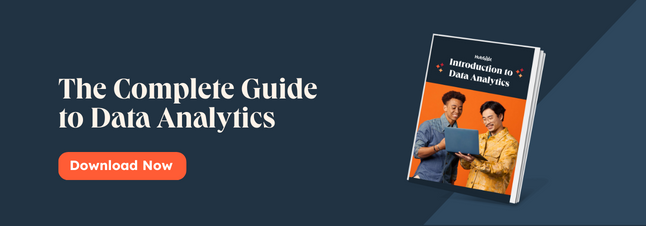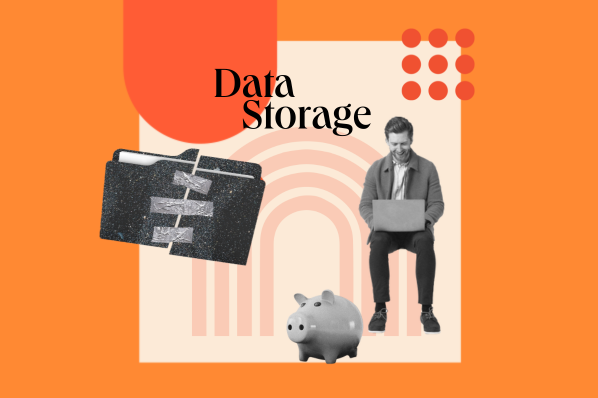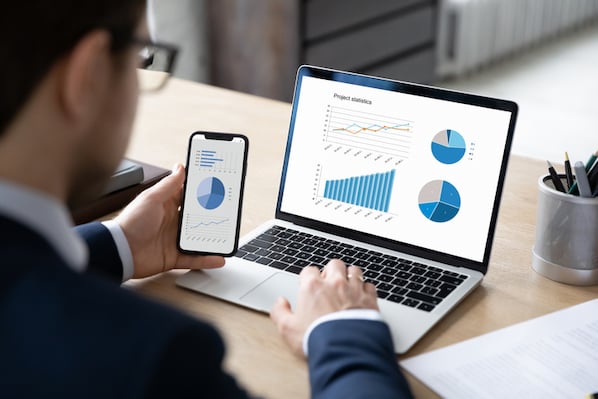To ensure they are making the best use of all available intelligence, businesses have turned to data governance and data stewardship as critical components of their overall data management strategy. As more and more organizations foster data-driven cultures, they are delegating these core data ownership responsibilities to data professionals, such as data stewards who oversee data stewardship within an enterprise.
This post will review the definition of data stewardship, why it matters, and the role and responsibilities of the data steward within your organization.
Let's start by defining data stewardship.
Data stewardship ensures that users across the enterprise have access to the data they need in usable formats. It encompasses the entire data lifecycle: collecting, transforming, using, storing, archiving, and deleting data.
In practice, data stewardship oversees all activities surrounding this cycle. This includes technical activities such as data collection, cataloging, and inventorying as well as culture-focused activities like determining strategic uses for data and advocating for data-driven decision making.
This video from The Data Governance Coach reviews the definition of data stewardship:
Why is data stewardship important?
Companies need good data to make smart decisions. Data stewardship has a direct impact on data quality. If you are working with an incomplete or low-quality data set, outcomes suffer.
For example, a business analyst believes there's a new market segment based on an uptick in new user signups from a particular demographic. However, what if the number of signups is half the total in the database because each signup is being duplicated due to an internal system error? The business analyst is now drawing false conclusions about where to focus sales and marketing efforts.
Worse, over time, employees will realize that your organization's data quality is poor and will stop using it to inform their operations. Data stewardship is critical to ensure that the data is available, accurate, reliable, and trusted by the company.
By focusing on enforcing data standards across the lifecycle, data stewardship provides consistency and accuracy so business users don't need to worry about whether the intelligence they are generating draws on all available data or if there are duplicates in the data set. Instead, they focus on evolving their strategies based on the results of their analysis, and data stewards focus on the processes that make organizational data as complete and clean as possible.
Next, let's break down the champions of data stewardship: the data stewards.
-1.webp?width=650&height=531&name=Data%20Steward%20(V4)-1.webp)
A major contribution of the data steward is to serve as a liaison between the IT and business-focused sides of the enterprise. They need to not only be skilled in the technical aspects of data management but also have strong interpersonal skills to effectively collaborate with multiple stakeholders.
This video from Bertelsmann University reviews the definition of a data steward:
Data Steward Responsibilities
The data steward covers the entire data lifecycle, ensuring that procedures are followed and standards are enforced at every stage. A major component of this activity is maintaining proper data lineage, which is an audit trail of each data point's origin, user interactions, transformations, and migrations along the data pipeline. Proper data lineage helps data stewards confirm compliance throughout the lifetime of data and trace the causes of issues to their source.
In addition to establishing data lineage, data stewards oversee several different areas of responsibility, including:
- Data Cataloging: Good data stewardship comes with understanding the data that’s available, including its source, type, and format. Data stewards will use data profiling and other tools to build an inventory of data across the enterprise and regularly update it to account for new sources. This enables effective data monitoring practices.
- Data Monitoring: Data stewards are responsible for ensuring that all users access and apply data in compliance with internal and external policies. This level of visibility requires an effective monitoring strategy to flag potential fraud and misuse across the thousands of interactions that take place in an organization each day.
- Data Workflows: Data stewards work with data engineers and scientists to streamline the flow of data to stakeholders that need it. This includes establishing streams to generate reports and visualizations and providing easy access to self-service tools for non-engineers to perform ad hoc analysis and discover new insights.
- Data Advocacy: Data stewards are not only responsible for putting data in front of business users, they also actively promote strategic data uses and collaborate with teams to develop new ways to incorporate data into their workflows.
- Data Security: Data stewards ensure that access to sensitive data is restricted to only the proper stakeholders through the use of security tools and access policies. They also ensure that all data is secure against theft or tampering through encryption and other security measures.
.webp?width=650&height=365&name=Data%20Steward%20(V4).webp)
Organizations also place a heavy emphasis on data regulations. Data stewards actively work to keep their organizations in compliance with the latest mandates and laws around data usage, storage, and privacy.
Data Steward Examples
Data stewards are not usually in charge of an entire organization's adherence to data governance policies. A business may have multiple data stewards segmented by the scope of their responsibilities, as seen in the following examples.
1. Domain Data Steward
Domain data stewards are responsible for maintaining the reference data and attributes for a business data entity. A common domain is customer data. Customer data stewards manage the contact information, financial data, order history, and other relevant details for all customer records in the company. Domain data stewards often need to work across departments to track and curate all relevant data.
2. Business Data Steward
Business data stewards manage all relevant reference and transaction data for one business function. Two common examples of business functions are sales and marketing. Business data stewards work to optimize how data is leveraged by their business function while maintaining compliance. It is easier to attribute ROI to business data stewards because the success of their work is reflected in the success of the business function.
3. System Data Steward
System data stewards oversee the data used in one or more IT systems. A common area of responsibility is an enterprise data warehouse. These stewards focus heavily on the data lifecycle within their systems and how this data is being leveraged by other applications while the stewards in the other two examples focus more on how human users are interacting with the data.
Data stewards drive innovation and maintain compliance.
Finding new ways to leverage data is a necessity for maintaining a competitive edge. Data stewards are dedicated professionals who identify opportunities for innovation and growth while ensuring that data is used responsibly. As organizations continue to take data-driven cultures to the next level with technologies like AI and machine learning, the impact and necessity of data stewards will only increase.











